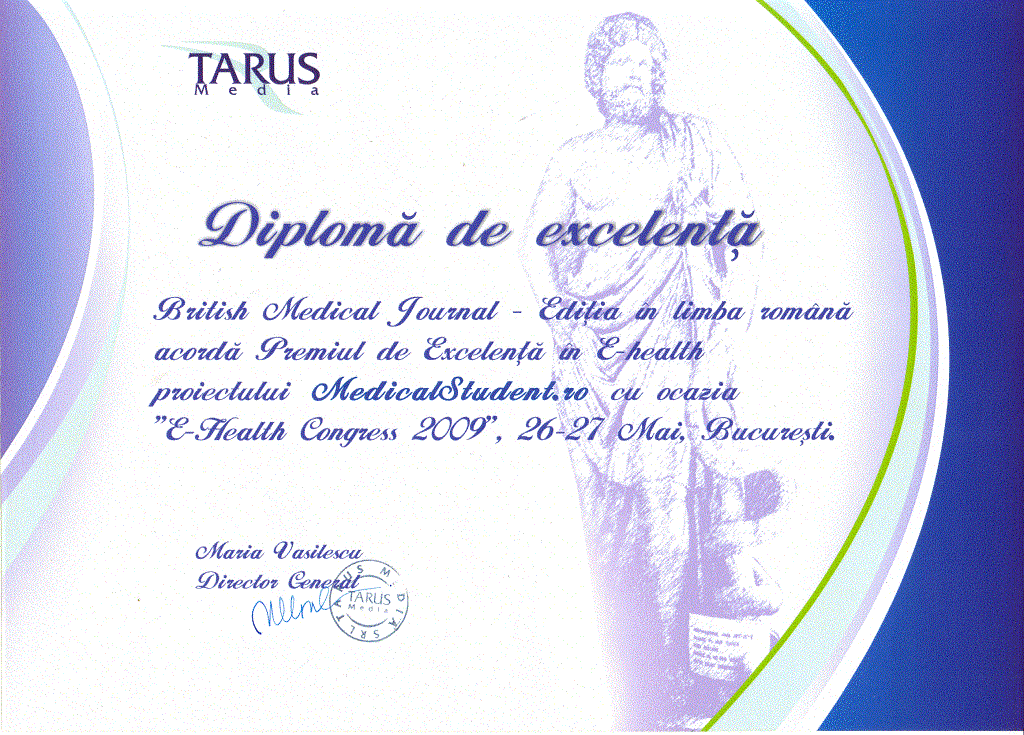University of Medicine and Pharmacy “Iuliu Haţieganu” Cluj-Napoca
Institute of Pneumophisiology “Leon Daniello” Cluj-Napoca
Epidemiologic Aspects of Smoking Observed Among the Students from UMF Cluj-Napoca
Co-author: Saracut Ioana Raluca
Scientific Coordinator: Prof. Dr. Monica Pop
Frontispiece:
Currently, according to OMS estimates, tabacism (tabacosis) is about to become the main avoidable cause of morbidity and mortality in the world.
The students represent an affected group insufficiently evaluated.
Consumption of tobacco by students has different values, depending on the level of education of the population, on social factors, cultural and ethnic, thus:
University of Teheran:16.3% smoking students
University of Medicine of Bogota:26.1% smokers
University of Rioja-Spain:31.3% daily smokers, to which 14% occasional smokers are added
In Romania, in the 15 to 24 age-group :
-in the year 2000: 13.8% smokers
-in October 2007: 34.5% smokers
Methods and Sources
A descriptive study has been made with the help of 1624 forms distributed to the students from the Faculty of Medicine of UMF Cluj-Napoca, between October and November 2007.
89.7% of the forms were returned.
They contained 16 questions of the following type:
-Are you a smoker?
-For how long, how often, how many cigarettes do you smoke per day?
-Have you ever tried quitting? What methods have you used?
The forms also contained the Fagerstrom-test questions, thus managing an efficient method of narcotic dependency evaluation.
Results

Among smokers:
- 87% smoke daily
- 13% smoke occasionally

Smokers distribution by the number of smoking years

The content of nicotine of the consumed cigarettes

Individual daily consumption of cigarettes

They smoke more during the exam-session
Do you think the price of cigarettes should be risen in order to stop smoking among young people?

Conclusions
The data from the presented work can also be applied in other university centers.
A reduction in the percentage of students who smoke in comparison to the one of the general population and even in comparison to the percentage regarding smoking among medics (43.2%, according to the BMA study, 2005)
This reduction could be due to a high level of knowledge students have about the risks induced by smoking.
In spite of the access to information, few students use pharmaceutical methods in order to quit smoking, thus justifying organizing campaigns against smoking in the Faculties of Medicine.

| < Anterior | Urmator > |
|---|








